Climbing plants for vertical gardening of the country
Curly flowers play a special role in garden design. It can be both annual and perennial plants. Vines are ideal for vertical gardening. They can decorate the old fence and walls of a house, gazebo, outbuildings. In many species, not only flowers, but also leaves are decorative; such plants adorn the garden throughout the season. In order for the vines to fully reveal their beauty, it is important to plant them according to all the rules and, if necessary, install supports.
Creating green verticals
Vertical gardening is convenient because vines take up little space in space, so this landscape design method is very good for small summer cottages. Plus, climbing plants can hide unsightly building walls.
With the help of vines, it is easy to transform any corner of the garden:
- Residents of central Russia can decorate the walls of their homes with maiden and Amur grapes, actinidia, spicy kolomikta, Chinese magnolia vine.
- Flowering plants are usually planted near the entrance - climbing roses, clematis.
- The stone fence on the plot creates a very oppressive impression. You can get rid of this by installing a lattice wooden structure near the fence, along which the shoots of a climbing rose will climb. The frame must be made carefully so that it remains aesthetically pleasing even in the winter season.
- Clematis will help turn a wooden fence into a flowering hedge.
- It is better to plant climbing nasturtium, kvamoklite, winged tunbergia, morning glory near the fence made of the chain-link mesh. These vines are annuals and will need to be re-planted at the beginning of each season. However, this inconvenience is offset by the rapid growth of plants. In a short time, they can create a decorative green wall and bloom later.
- Curly varieties of honeysuckle, climbing roses, clematis look spectacular next to the gazebo.
- Pergolas and arches with climbing flowering plants planted near them are installed as decorative elements of the garden.
In order to keep powerful shoots with a large mass of flowers and leaves, gratings are installed near the walls of the building or thick wire is pulled, securely fastening it to metal hooks. Leave a distance of 5-10 cm between the supporting structure and the wall.
For plants with fragile shoots, a thin wire is pulled, and ordinary nails are used instead of hooks. Corn-growing vines, for example, petiolate hydrangea, do not need additional support, but it should be noted that this plant blooms for the first time 5-6 years after planting.
The first garter of the planted liana is carried out when the plant reaches a height of 60–70 cm. Climbing plants are planted near the house so that during the rain the water flowing from the roof does not fall into the root zone, otherwise it will wash out the roots.
Curly annuals
In the middle lane, it is better to plant unpretentious plants that do not require a lot of heat and sun, and do not need special care. Annuals are planted on the site in spring, and removed at the end of the season. The advantages of annual bindweed are that the garden can look new in every season and the picture never gets boring.
Popular annuals for a summer cottage with names:
- Ipomoea purple. The shoots of the plant reach a length of 8 m. The liana has beautiful heart-shaped leaves and flowers in the form of gramophones, 5–8 cm in size. Inflorescences can be white, red, pink, purple. There are varieties with edging or specks on the petals. The plant looks beautiful on the arch. It reproduces by self-seeding.Liana is unpretentious in leaving.
- Momordica. A climbing plant of the pumpkin family. Suitable for decorating walls of a house or a fence, it grows very quickly. The main decoration of Momordica is its bright orange fruit. The annual is popularly called the Indian cucumber. Requires careful handling before fruiting (may burn hands like nettles). Liana grows well on a sunny, windless side.
- Winged Tunbergia. Liana is ideal for garden decoration, as it blooms profusely all summer. For the winter, the plant can be moved into the house. Tunbergia flowers with a diameter of 4 cm can be orange, cream, red, pink with a contrasting center. The plant's petals are delicate, so it is better to plant it on the west or east side, avoiding the scorching sun.
- Kobeya climbing. Light-loving curly shrub with large flowers originating from the subtropics. It grows very quickly. The length of the shoots can exceed 7 m. The leaves are spectacular, complex-pinnate. The leaf plate has three lobes. The diameter of the flowers reaches 8 cm. They are bell-shaped. Flowers can grow singly or in groups of 2-3. The color of the petals is white or purple. Kobeya blooms in July and ends flowering with the arrival of frost.
This list can also include nasturtium, echinocystis, sweet peas, quamoklite, rhodochiton. To ensure the rapid growth of shoots, the plants need to be fed regularly and watered in a timely manner.
Perennial vines
Perennial climbing plants for the garden must be selected taking into account the growing conditions (climate, soil composition, illumination) and your preferences regarding the appearance of the culture. Many would like to see species blooming all summer long on the territory of the cottage. And such plants exist, here are their names and a short description:
- Clematis. A popular culture that adorns the garden with charming flowers. When growing, it requires support and no drafts. The length of the branches can reach 3.5 m. In most varieties, the shoots are literally covered with huge flowers, which, depending on the variety, can be single or collected in inflorescences. The flower shape can be bell-shaped, tubular, water-lily, cupped. The color of the petals is varied - white, blue, blue, violet, purple, pink, yellow. Many varieties have a pleasant aroma. Flowering can last from May to September, depending on the species.
- Climbing roses. The plant is classified into groups, each has its own characteristics of growing and flowering. From the second year of planting, roses require minimal maintenance. Long flowering shoots can decorate the walls of the house, arches, pergolas, columns, gazebos. The shoots of climbing roses are flexible and can be easily shaped to the desired shape. They can bloom in one or two waves. Breeders have bred many varieties with beautiful flowering. The color and shape of the petals is very diverse.
- Campsis - a deciduous liana from the bignonium family. There are many varieties of culture. The shoots of some species can eventually grow up to 10–15 m in length. The flowers of the liana have a strong aroma, which attracts bees to the site. The color of the petals is predominantly red, yellow and orange. Kampsis blooms all summer long and ends in October. In the middle lane, young vines require shelter for the winter.
From decorative leaf climbing plants can be distinguished ivy and girlish grapes... Common ivy is extremely unpretentious, easily tolerates shade and winter frosts. Vine shoots reach a length of 30 m. The plant can decorate even high walls of buildings, covering them with a dense emerald carpet.
For maiden grapes, purple leaves are characteristic in the autumn season. The length of the liana can reach 25 m. In the first years of life, the plant develops slowly, and then its growth accelerates. Maiden grapes are undemanding to the quality of soil and lighting, winter-hardy.
Of the perennial vines for the garden, it is popular and chinese lemongrass... The berries of this plant have beneficial properties, they are often used in folk medicine.
Another vine producing edible fruit - actinidia... Its berries are called "miniature kiwi". To get the fruits of actinidia, you need to plant a male and a female seedling at the same time.
Each type of vine has its own advantages. Annual bindweeds can change the design of the garden beyond recognition, but they require more care. Perennial plants are not so whimsical to care for, but their planting must be planned, as adult specimens will grow in one place for many years.
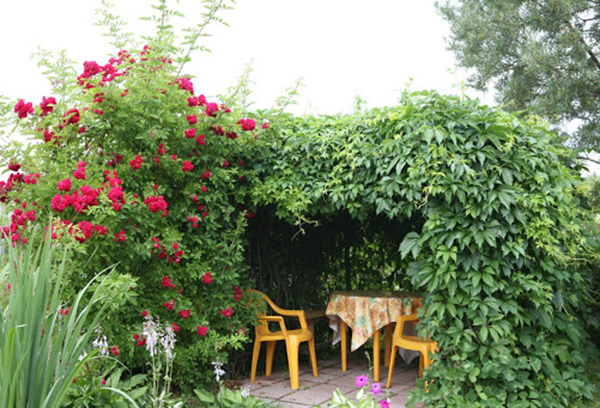
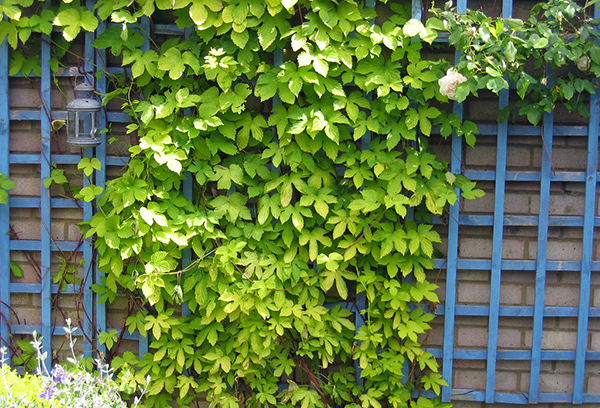
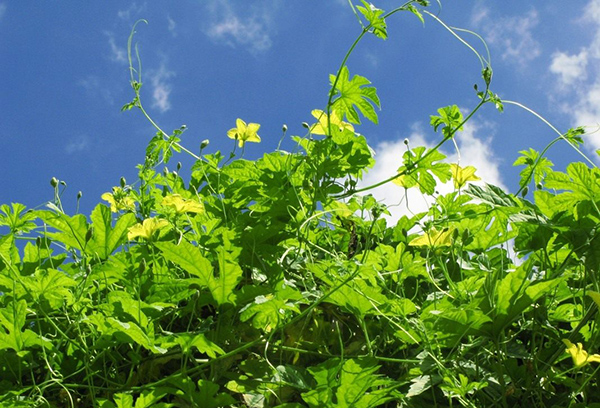
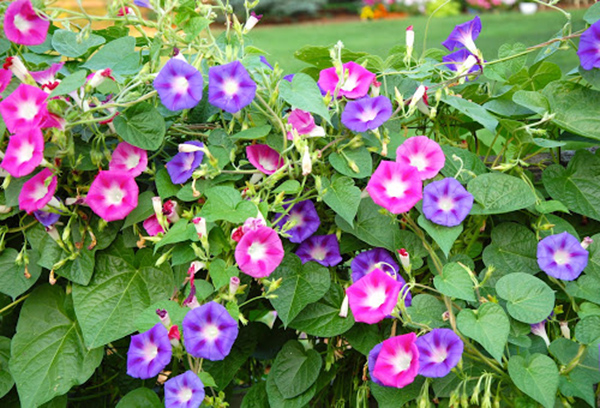
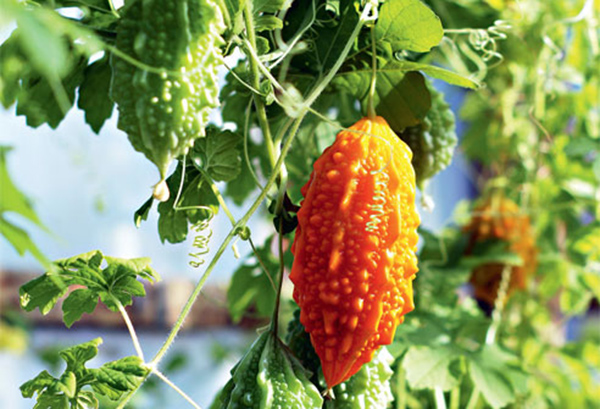
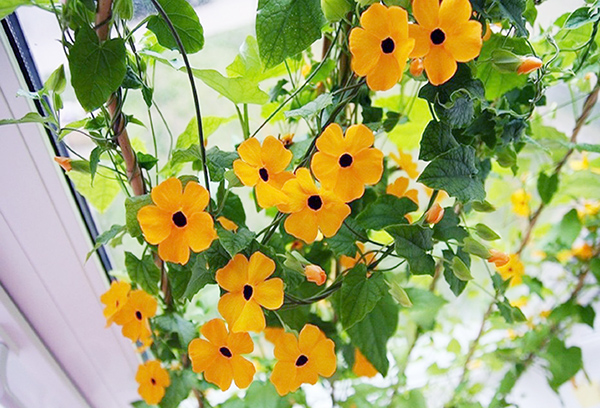
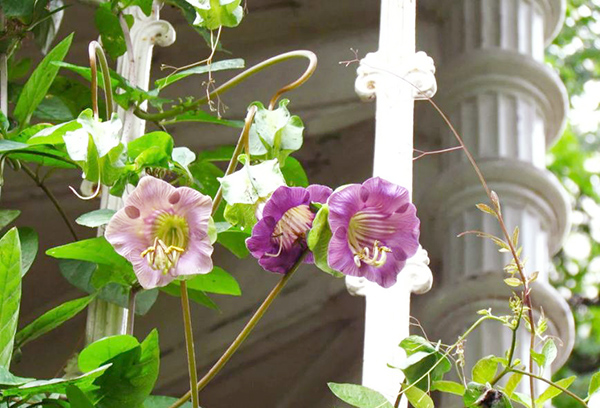
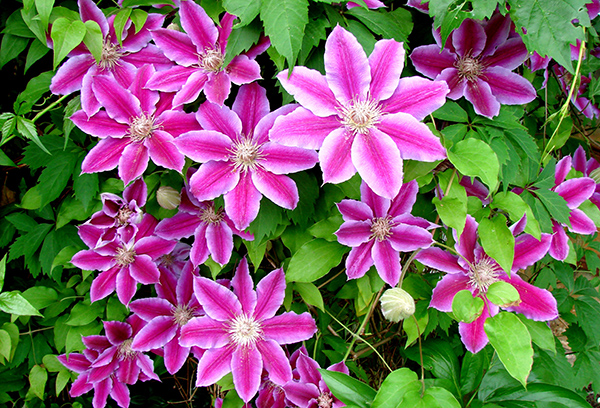
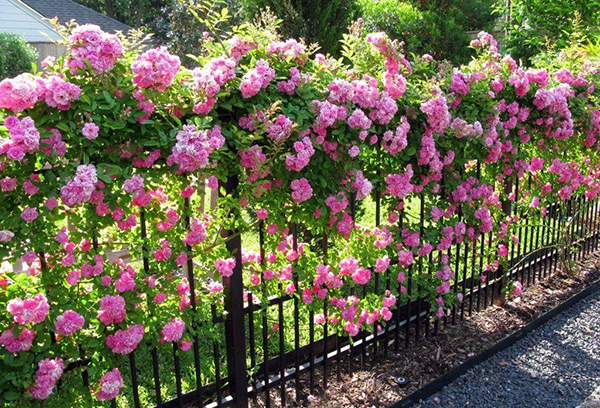
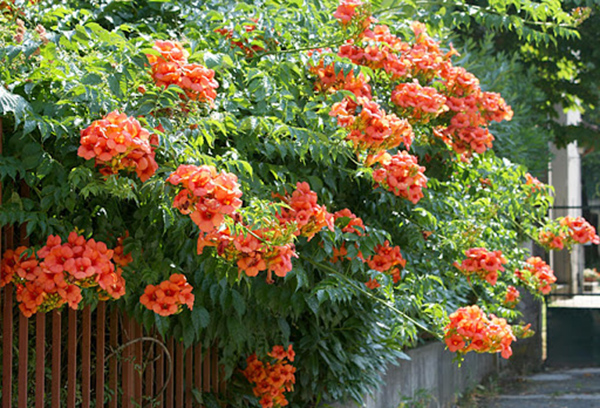
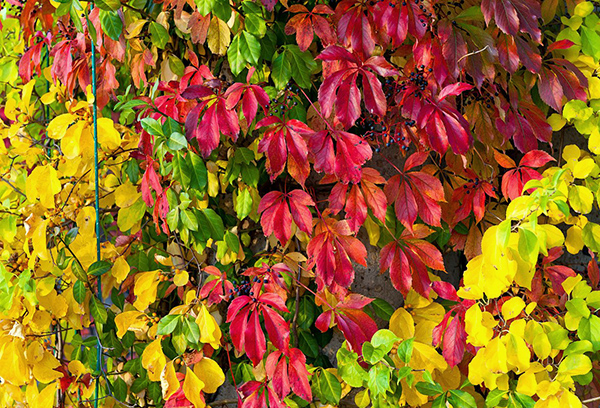
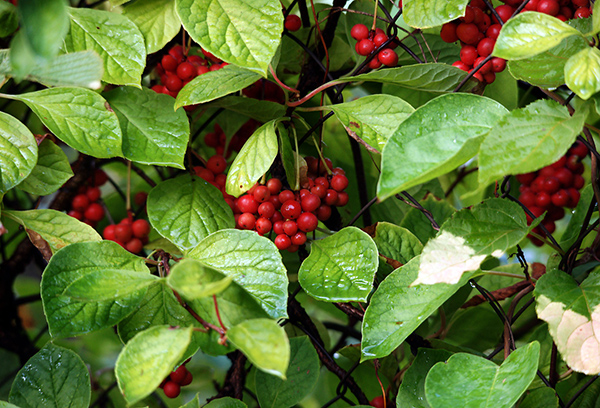
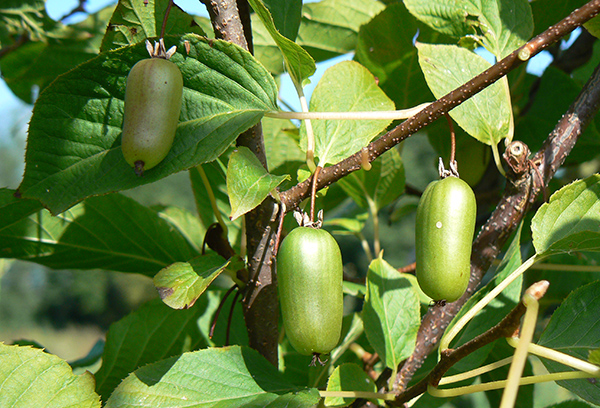
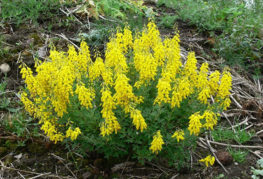
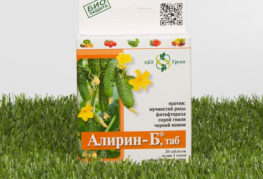
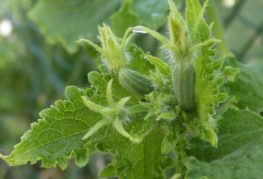
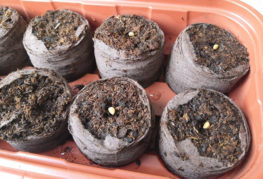
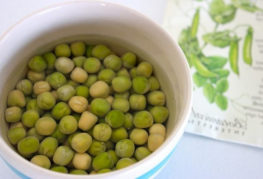

and will be published shortly.